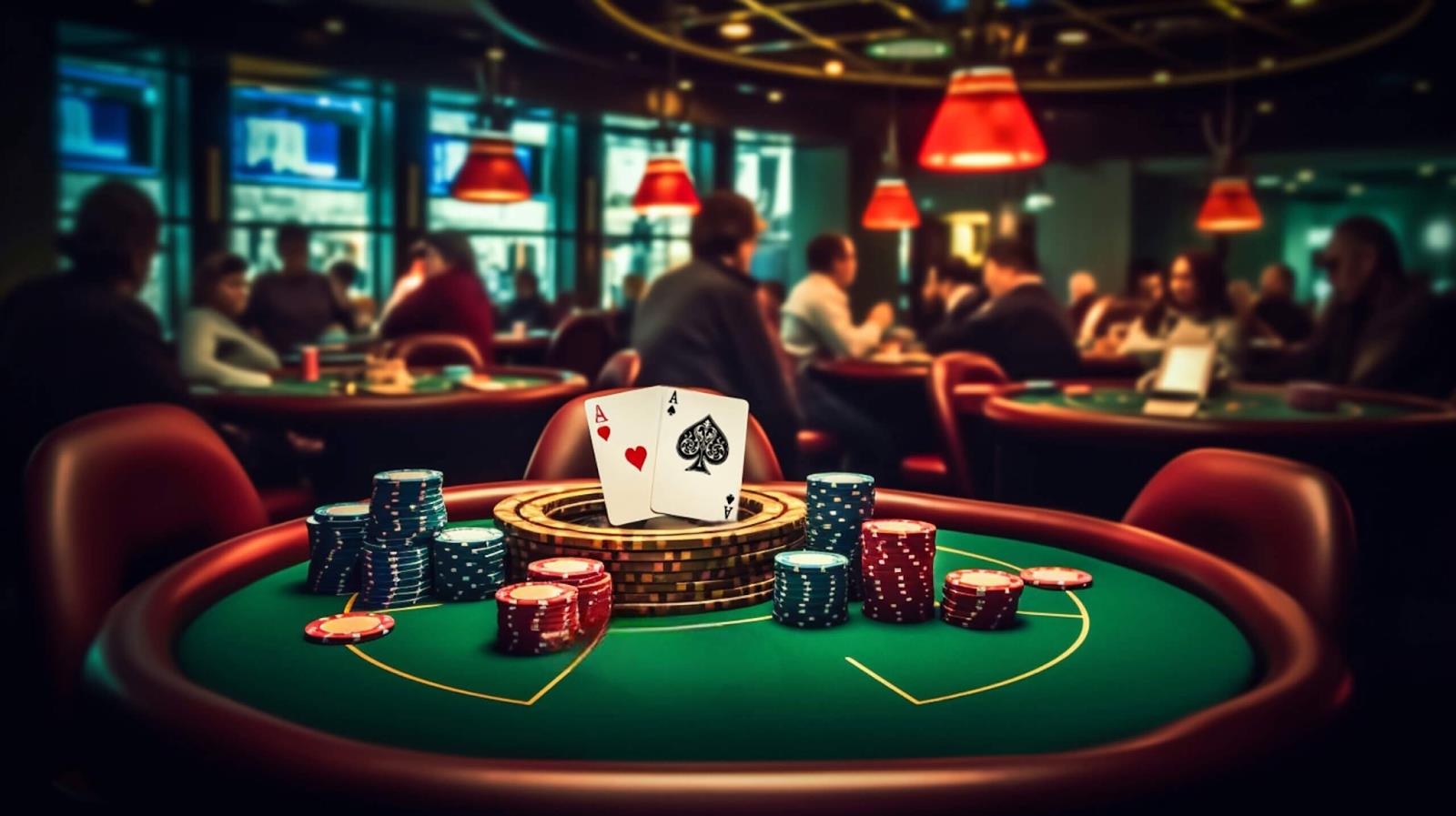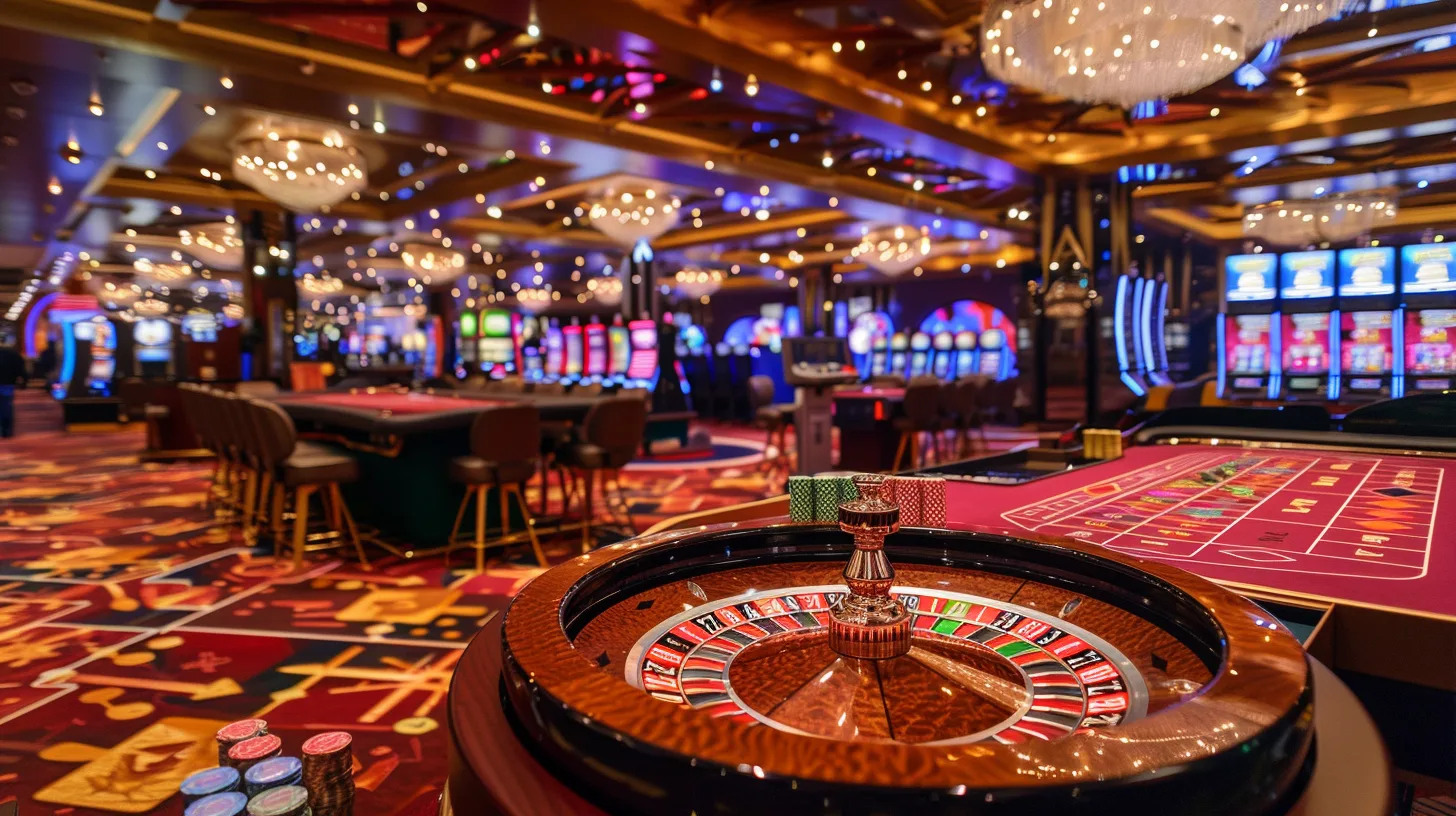We all know social media. Facebook, Instagram, TikTok, Twitter — the big players. Billions scroll every day. Endless feeds. Likes, comments, follows. It feels like connection, right? Well, sort of. But more and more people are leaving those massive platforms and heading toward something quieter, smaller, more personal: digital clubs.
Are they the same thing? Not really. And the differences explain why online clubs are growing while traditional social media feels stale. Let’s dig into why.
Social Media: The Mega Mall of the Internet
Think of social media as a giant shopping mall. Loud. Crowded. Neon lights everywhere. You wander through, see hundreds of shops, pass strangers, maybe bump into a friend or two.
It’s entertaining, sure. But it’s also exhausting. Too much noise. Too many ads. Too many people talking at once. And somewhere along the way, you realize: you’re not connecting, you’re just consuming.
That’s the weakness of social media. It gives you access to everyone, but intimacy with no one.
Digital Clubs: The Cozy Lounge
Now picture something else. Not a mall, but a lounge. Comfortable chairs. People you know by name. Conversations you actually care about. That’s what digital clubs feel like.
They’re smaller, tighter, safer. Instead of shouting into the void, you’re talking to people who get you. Instead of chasing followers, you’re building friendships. And that difference changes everything.
Why People Are Moving
It’s not complicated. Social media burns people out. The algorithms push outrage and clickbait. Ads follow you everywhere. Your feed feels less like “friends sharing” and more like “brands selling.”
Digital clubs cut through that. They don’t care about reach or virality. They care about belonging. You join because you like the vibe, not because you want numbers. And when you log in, you feel like part of something — not just a scrolling statistic.
The Attention Factor
Let’s be blunt: social media is built to steal your attention. Infinite scroll. Push notifications. Pop-ups. Every second you’re on, they’re making money. It’s business.
Digital clubs? They’re different. They don’t need you glued to the screen 24/7. They thrive when people engage deeply, not endlessly. You can disappear for a day and come back without punishment. Try that on Instagram — you’ll feel irrelevant in a week.

Real Interactions vs. Surface Likes
On social media, a “like” is easy. Tap a heart, move on. Does it mean much? Not really. It’s shallow.
In digital clubs, interactions are deeper. People reply thoughtfully. They remember your stories. They share advice, celebrate milestones, even check in when you’ve been quiet. That’s community. That’s belonging.
One feels transactional. The other feels human.
Story Time: Two Very Different Experiences
Take Alex. He posts a photo on Instagram. Nice shot. Gets 50 likes, a few emojis, maybe a “” comment. Feels good for five minutes, then gone.
Now imagine Alex in a digital club for photographers. He posts the same shot. People ask about his lens. Someone gives editing tips. Another shares a similar experience. A week later, someone references his photo again in conversation.
Which feels better? The second, obviously. That’s why people shift.
Identity and Safety
Social media makes you a brand. Your “profile” is your product. You curate. You edit. You stress over likes. It’s performative.
Digital clubs make you a person again. Less branding, more being. You can be messy, honest, vulnerable. And because clubs are smaller, safer, better moderated, you feel protected. You’re not shouting in front of millions; you’re chatting with dozens.
And safety matters. Nobody wants trolls or harassment. Clubs filter them out better.
The Role of Trust
Communities live or die on trust. Social media is too big to enforce it well. But clubs? They can. With clear rules, active moderators, and shared values, they create spaces that feel secure.
And that’s why platforms like theclubhousemag.com stand out. They offer structure without killing spontaneity, giving members freedom while still protecting them. Trust turns groups into clubs.
The Business Side
Let’s not pretend: both social media and digital clubs have business models. But the difference is in the design.
Social media monetizes you — your clicks, your attention, your data. You’re the product.
Digital clubs often run on subscriptions, donations, or simple loyalty. Members support them because they want to, not because they’re tricked into staying online longer. That makes the experience less manipulative and more genuine.
Why Clubs Stick While Social Feeds Fade
People don’t brag about their Twitter feeds. They brag about their guild, their reading circle, their gaming squad. Clubs give identity. They give titles: moderator, host, quiz master. Social media just gives numbers.
And numbers fade fast. Belonging doesn’t.
The Future: More Clubs, Fewer Feeds
Look around. Younger generations don’t flock to Facebook like their parents did. They build private Discords. They join niche subreddits. They experiment with VR meetups.
The trend is clear: smaller, safer, closer-knit groups are the future. The mega-platforms may survive, but the real magic is shifting to clubs.
Balance Still Matters
Of course, digital clubs aren’t perfect. Too much time online is still too much time online. Echo chambers can form. Group drama can hurt. Balance is key.
The healthiest clubs encourage breaks, value real-life priorities, and blend digital with physical when possible. Meetups, events, collaborations — those bring the online bonds into the real world.
Wrapping It Up
So, digital clubs vs. social media. What’s the real difference?
Social media is loud, broad, attention-hungry. Digital clubs are quiet, focused, and human. Social media gives you numbers. Clubs give you belonging. Social media burns you out. Clubs fill you up.
That’s why people are leaving endless feeds and finding cozy digital lounges instead. Because in the end, what matters isn’t followers or likes — it’s being part of something real.
And honestly? That’s what everyone’s been searching for all along.
